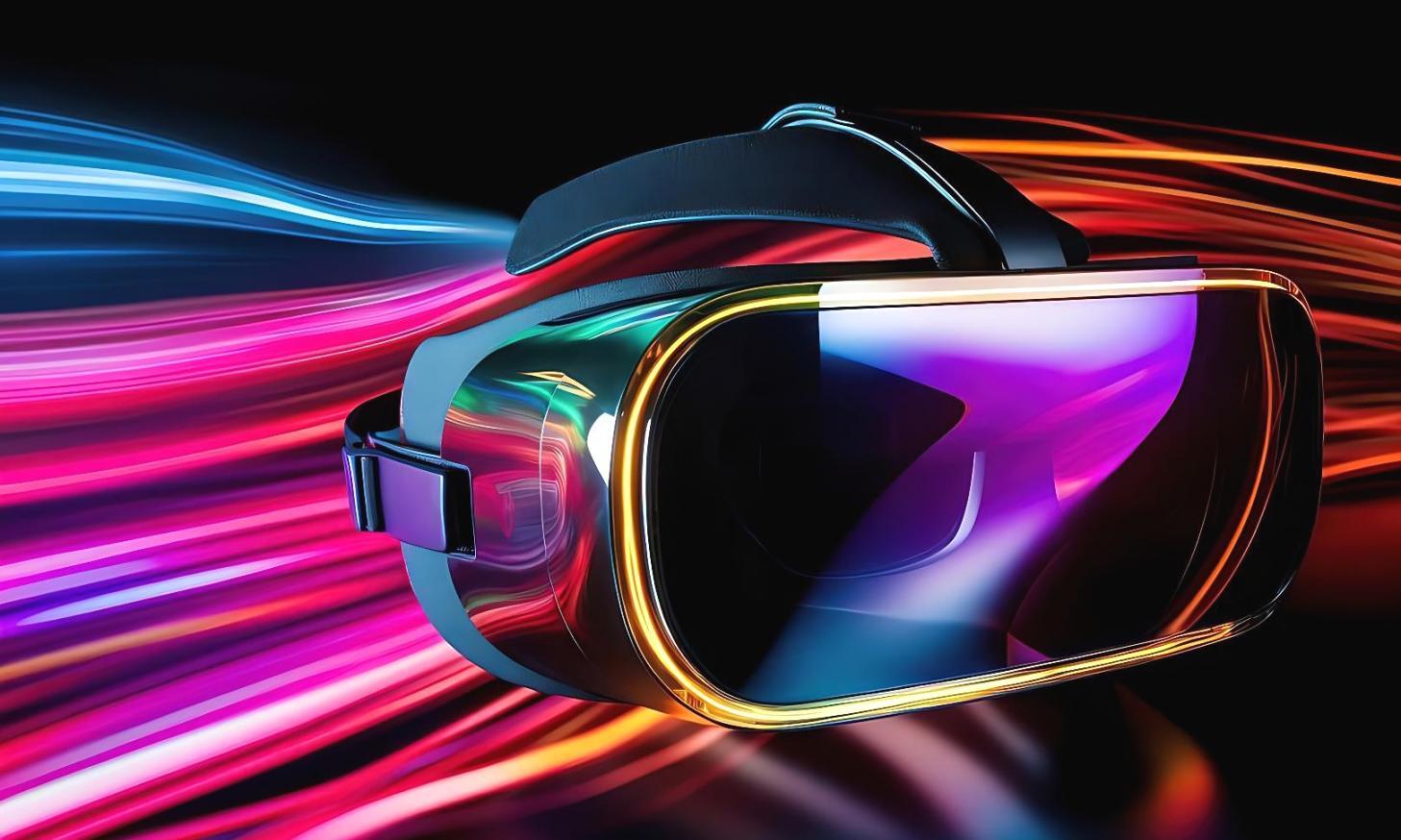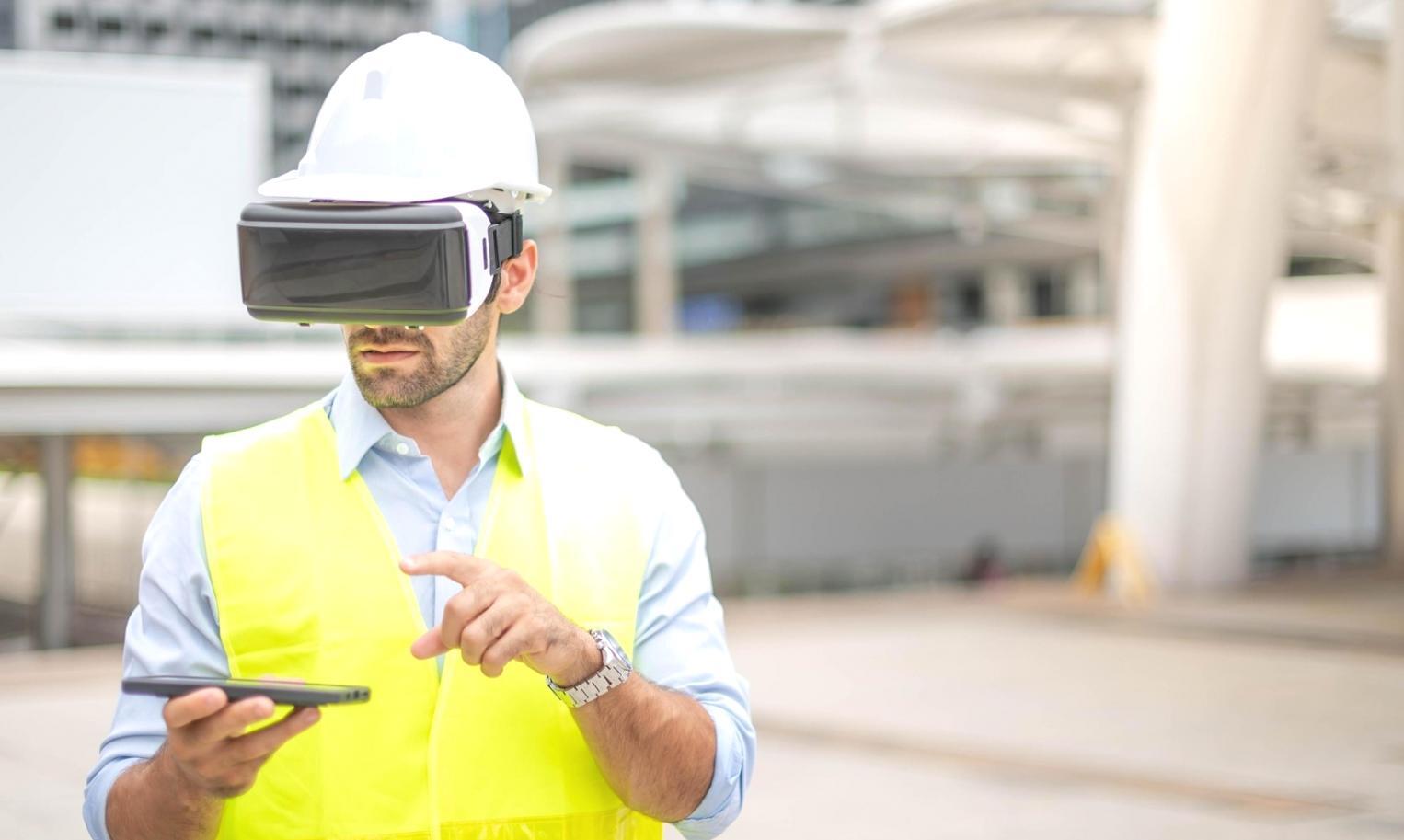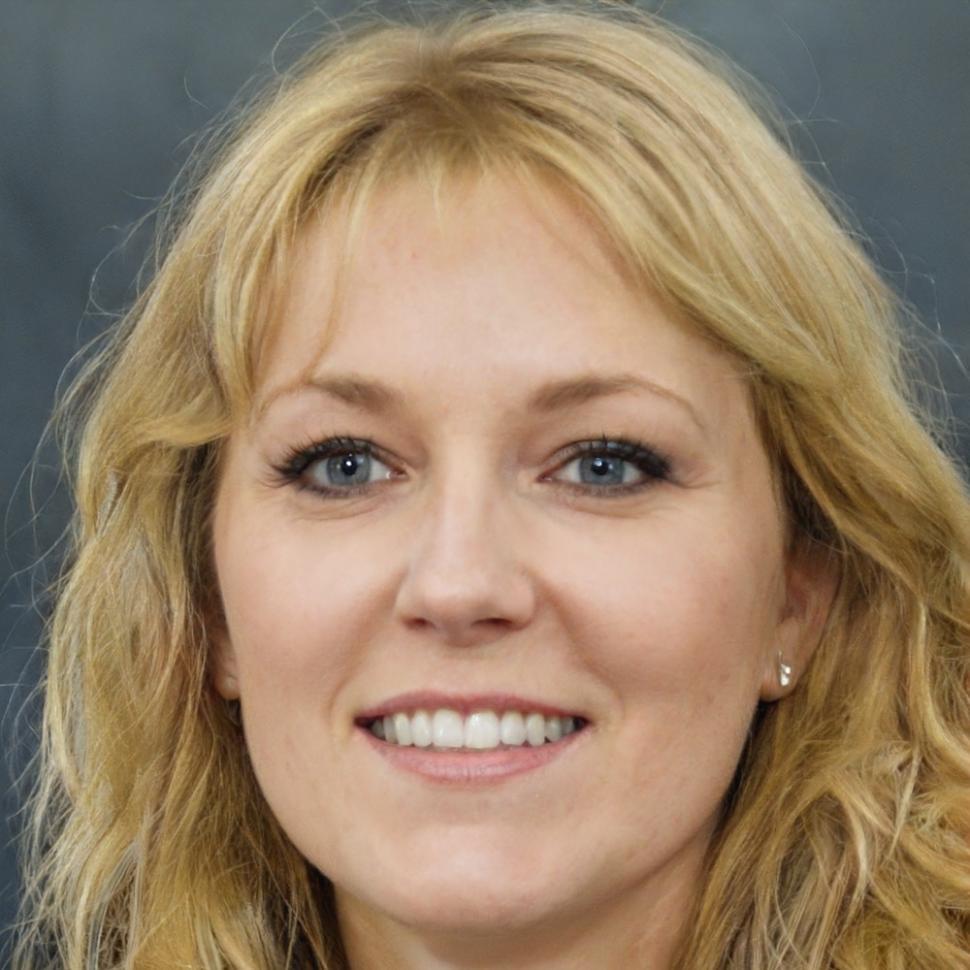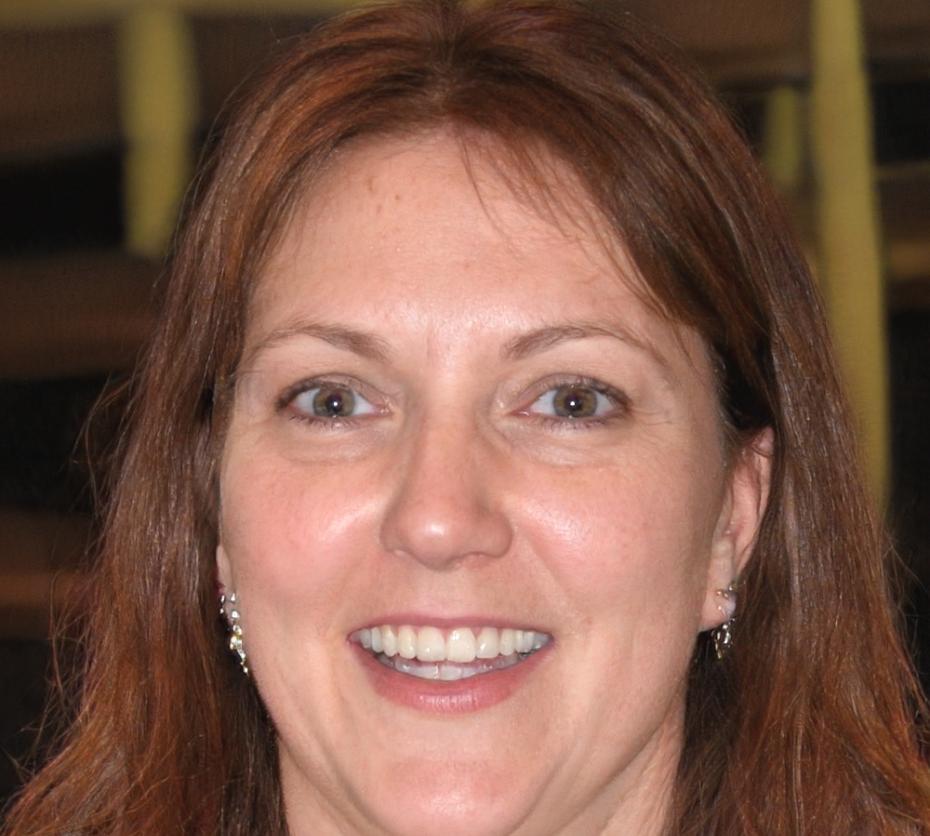Build Real AR Apps That Work on Phones People Actually Own
Forget the flashy demos. We teach how to make augmented reality applications that run smoothly on regular mobile devices. Our autumn 2025 program focuses on practical skills you can start using right away.
See Program Details

Why Mobile-First AR Actually Matters
Most AR tutorials assume you're working with expensive headsets or high-end tablets. But here's the thing – your users have phones. Regular ones with limited processing power and battery life that drains fast.
We spent two years figuring out how to make AR run smoothly on devices that cost under 0. That means optimizing every frame, managing memory carefully, and accepting some compromises. It's not glamorous work, but it's what separates apps people use from demos that look impressive in presentations.
Our approach involves lots of testing on actual devices. You'll work with older Android models and mid-range iPhones because that's what most users carry around.
What You'll Actually Learn
These aren't theoretical concepts. Every technique comes from solving real problems we hit while building apps that needed to ship.
Performance Optimization
Making AR features work without killing battery life or causing devices to overheat after five minutes of use.
Tracking Stability
Keeping virtual objects anchored when lighting changes, when users move quickly, or when the camera briefly loses focus.
Cross-Platform Building
Writing code once that behaves consistently on both iOS and Android, dealing with their different approaches to camera access and sensor data.
How the Program Flows
Starting September 2025, we're running a six-month program. Two evenings per week plus weekend project sessions.
Foundation Phase
Getting comfortable with 3D coordinate systems, camera feeds, and the basics of rendering virtual objects in real space.
- Understanding camera intrinsics and how phones perceive space
- Basic object placement and simple interaction patterns
- Testing workflows on multiple device types
Building Phase
Creating actual features like plane detection, image tracking, and multi-user experiences that sync across devices.
- Surface detection in varied lighting conditions
- Implementing occlusion and collision detection
- Managing state across AR sessions
Refinement Phase
Making everything faster, more stable, and ready for actual users who won't be patient with crashes or glitches.
- Profile-guided optimization techniques
- Graceful degradation for older devices
- User testing with non-technical audiences
Deployment Phase
Preparing apps for store submission, handling the review process, and setting up analytics to understand how people use AR features.
- Store guidelines specific to AR applications
- Privacy considerations for camera-based apps
- Post-launch monitoring and quick fixes

Program Schedule Details
We're keeping groups small – maximum 14 people – so everyone gets direct help when stuck. Classes run Tuesday and Thursday evenings from 7pm to 9:30pm. Weekend sessions are Saturday mornings, usually three hours.
Who's Teaching This

Tsetseg Batjargal
Lead AR DeveloperBuilt AR navigation features for a logistics app used by warehouse teams. Spent way too much time optimizing for older Samsung devices.

Narantsetseg Dorj
Mobile Platform SpecialistWorked on cross-platform AR frameworks and has strong opinions about when to use native code versus when frameworks are fine.
Ready to Start Building?
Applications for the September 2025 program open in June. We'll review your background and have a short conversation to make sure the program matches what you're looking for.
Get Application Details